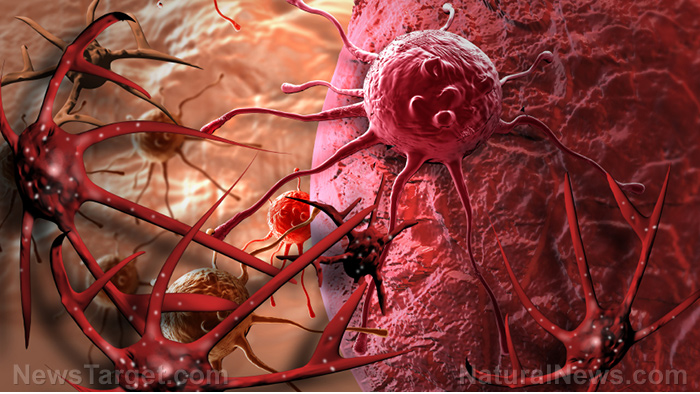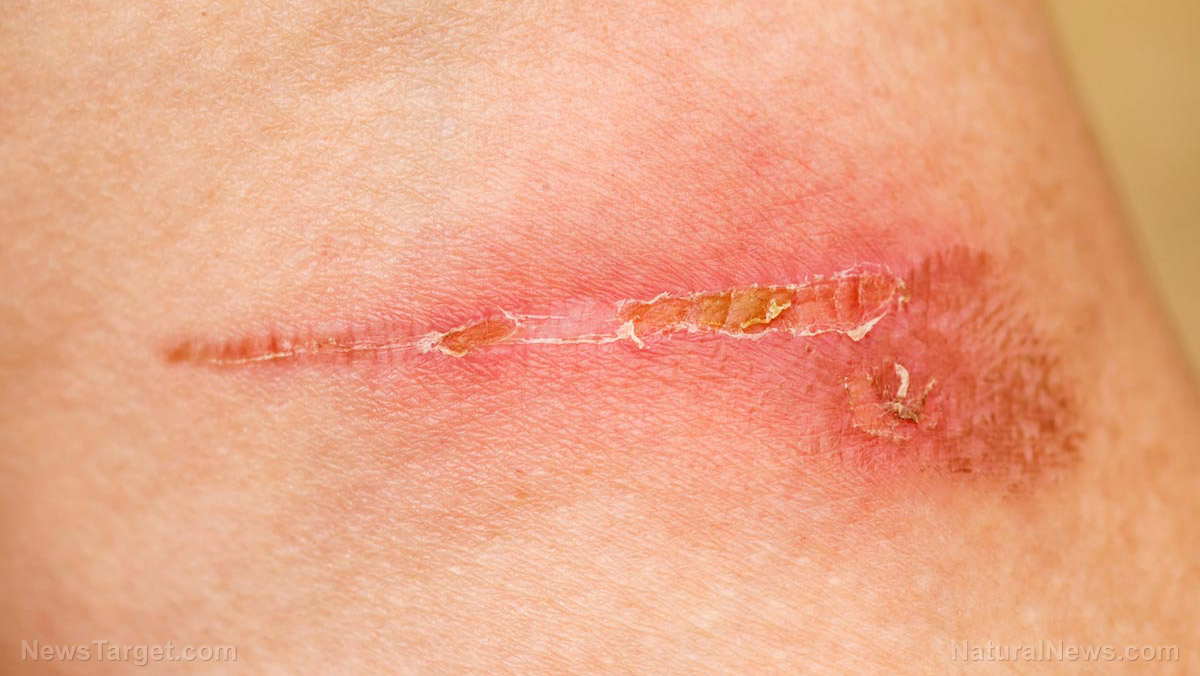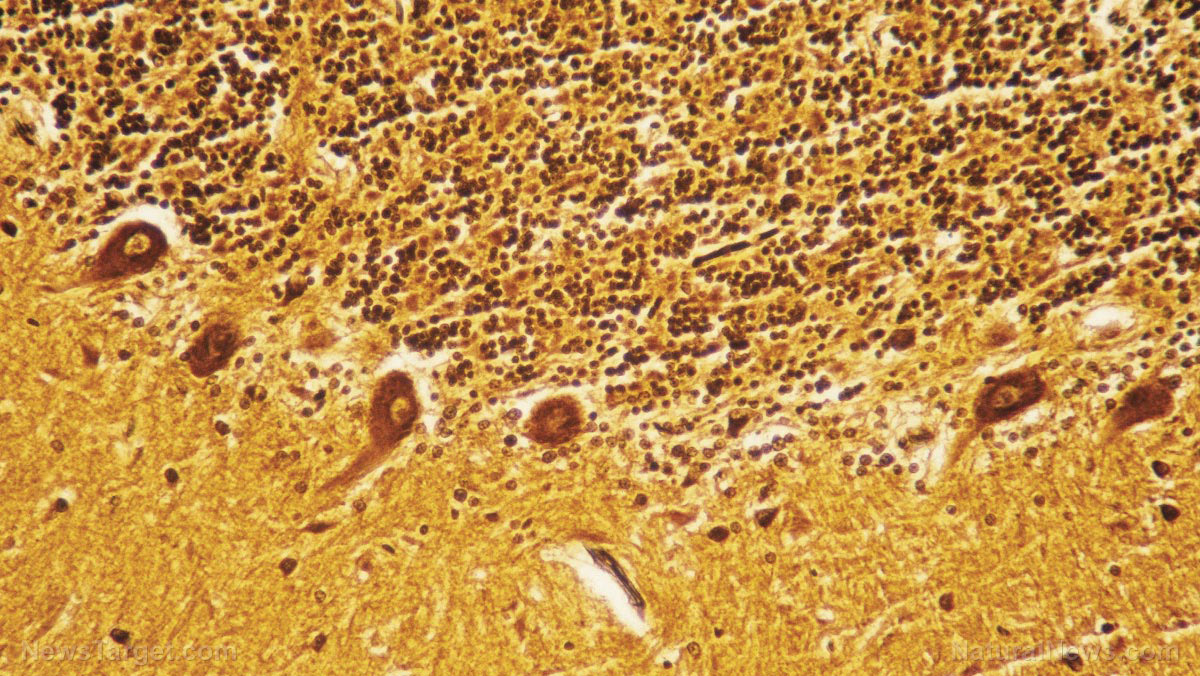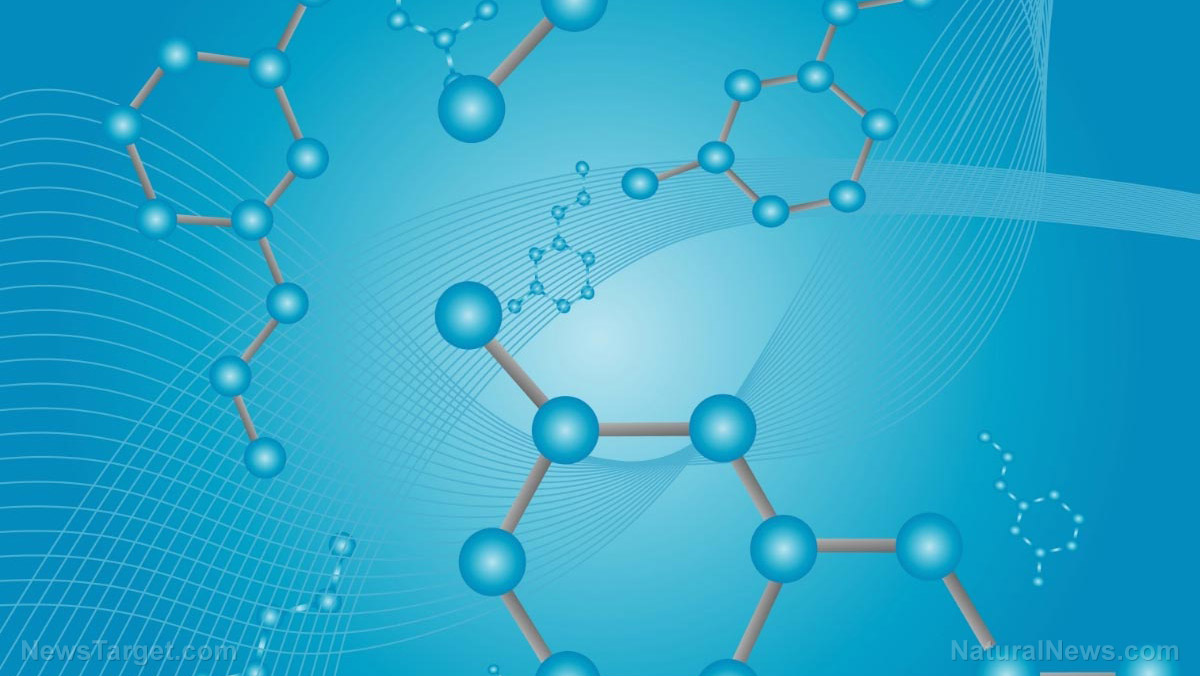Reinventing the ancient art of calligraphy… as a non-invasive cancer treatment
10/02/2017 / By Jhoanna Robinson

The American Chemical Society, reporting in ACS Omega, said that a plant-based ink that was once used by Chinese calligraphers to paint beautiful art can now be used to non-invasively treat cancer cells that metastasize to lymph nodes.
Let us first consider a process called photothermal therapy (PTT). This is a relatively new procedure in which nanomaterials are injected to grow in cancer cells. What happens is that the nanomaterials emanate heat, which in turn kills the carcinogenic cells. These nanomaterials are hard to manufacture, expensive, and sometimes detrimental to health. The good news is that a traditional Chinese ink called Hu-Kaiwen ink (Hu-ink) has similar properties to the nanomaterials used in PTT, such as having the same color, being both carbon-based, and exhibiting stability in water.
Wuli Yang of Fudan University in Shanghai, an expert in nanotechnology, materials chemistry, and polymers chemistry, and his colleagues in Shanghai Jiao Tong University tested Hu-ink to find out if it could be a good alternative to the nanomaterials used in PTT.
After heating Hu-ink with a laser, its temperature increased by 131 degrees Fahrenheit (55 degrees Celsius), which is higher than the temperature currently exhibited by nanomaterials used in PTT. Heating Hu-ink to that temperature gave it the ability to kill cancer cells in a laboratory dish; otherwise, it would have been considered non-toxic.
Hu-ink can also be used to search for tumors and locate metastases as it has the ability to absorb near infra-red light, the researchers said.
The use of microscopic medical tools is slowly being integrated into the process of treating cancer and related ailments in today’s medical society. According to a release that was made available to the Ghana News Agency, researchers at Durham University in the United Kingdom are conducting clinical trials to assess the efficacy of using nanomachines – of which 50,000 can readily fit across the diameter of a human hair – in eliminating cancer cells.
Scientists said the nanobots have chemical constitutions that allow themselves to locate and attach themselves to cancer cells. After clamping onto these cancer cells, the nanobots’ rota-like chain of atoms spin at a rate of around two to three million times per second, creating a drilling effect into the cancer cells and breaking them apart.
The study is still in its initial stages, but researchers are hopeful that it could provide an avenue to new forms of cancer treatment.
Nanobots can also be used to repair damaged tissues at a molecular level. Another application of this newfound technology is using it to take biometric measurements to observe and keep tabs on a person’s general health condition. (Related: Killer cancer treatment: How toxic chemotherapy kills both cancer cells and cancer patients.)
Sources include:
Tagged Under: advanced medicine, calligraphy, Cancer Cells, cancer treatment, holistic medicine, hu-ink, nanobots, non-invasive cancer treatment, Oncology, photothermal therapy




















